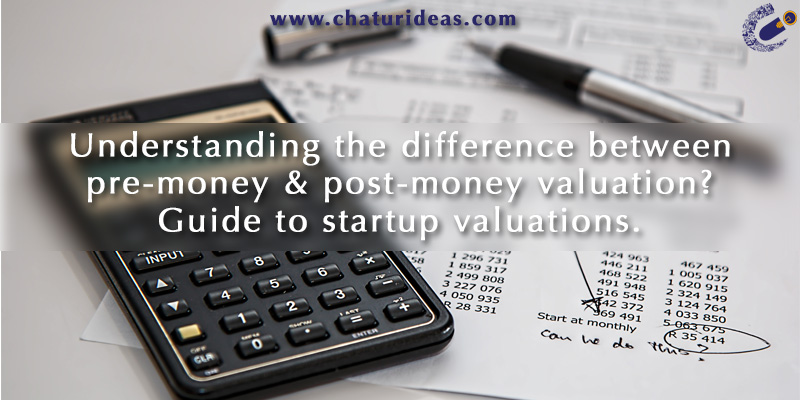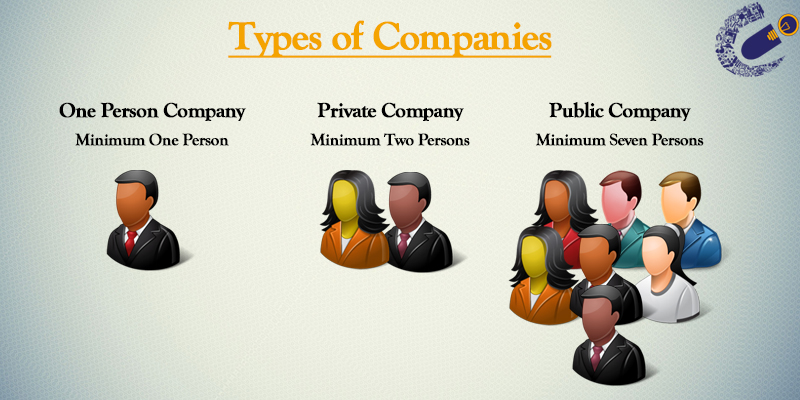Last year, four startups entered into the major league businesses with whopping valuations. Flipkart, Amazon, Snapdeal and Ola secured nearly $5 billion of funding from investors at valuations ranging from $11 billion for Flipkart to $1.8 billion for Snapdeal. We all hear it in the news, we all feel mesmerized when we hear ‘Zomato raises 65 million on pre-money valuation of 650 million dollars.’ But as it sounds so seemingly alluring, one must understand that there are only ‘few’ from the unfortunate ‘many’ that rise on the top like these companies. As an entrepreneur, he or she must understand the fine points that determine your company’s valuation and your investors ownership percentage. To simply put, a business owner should always know what his or her business worth, period!
Before understanding the tools to measure company’s worth, all budding entrepreneurs should first understand the methods used by VC’s and investors to determine valuations for startups.
There are essentially two ways to measure your company’s worth and they are
-
Pre-money Valuation
-
Post-money Valuation
Pre-money and post-money valuations are two critical measurement tool wherein, Pre-money valuation is the company’s value before it receives outside funding or finance and Post-money valuation is the company’s value post the round of outside funding or financing.
Let’s take an example to understand this better there are two entrepreneurs Rohan and Rohit and they both have different hi-tech startups. There is one investor, let’s call him ‘X’ who is ready to invest in their startups. The investor and entrepreneur both agree on to invest Rs. 25,00,000 in both the startups at the valuation of Rs. 1 Crore.
Let us say for Rohan’s start up investor ‘X’ chooses to invest Rs. 25 lakhs at the pre-money valuation of Rs. 1 Crore and for Rohit the investor ‘X’ invests the same amount (Rs. 25 Lakhs) at the post-money valuation of Rs. 1 crore.
By this calculation as Investor ‘X’ and Rohit has mutually agreed on investment of Rs. 25 Lakhs on Post-money valuation of Rs.1 Crore, hence Rohit’s startup is valued at Rs. 1 Crore and its pre-money value is Rs. 75 Lakhs. On the other hand, Rohan’s startup was valued at Rs 1 Crore before the investment of Rs. 25 Lakhs, so his company will be now valued at Rs.1.25 Crore.
Now to see how the ownership percentage changes as per pre-money and post-money valuations are as follows.
Equity owned by Investor ‘X’ in Rohan’s startup:
Amount invested ÷ (Agreed Pre-money Valuation + Invested amount)
Equity% for ‘X’ = 25,00,000 ÷ ( 1,00,00,000 + 25,00,000) = 20%
Equity owned by Investor ‘X’ in Rohit’s startup:
Amount invested ÷ (Pre-money Value + Invested amount)
Equity% for ‘X’ = 25,00,000 ÷ (75,00,000 + 25,00,000) = 25%
As you can see the valuation method can affect the ownership percentage in a big way, always remember as an entrepreneur losing out on the ownership of 5% might sound like losing out on a small chunk, but it represents crores of rupees if your company goes public in the near future.




